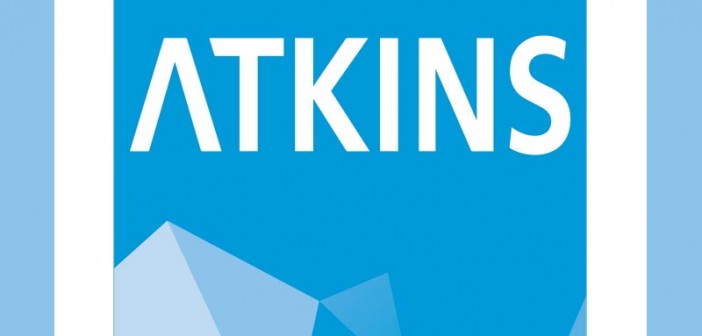Atkins is one of the world’s most respected design, engineering and project management consultancies. Established in 1938 the company currently has 18,462 employees worldwide Atkins. Atkins is developing a Building Information Modelling (BIM) strategy with the potential to radically improve how construction materials are evaluated to meet LEED V4 environmental impacts requirements.
The new tool will enable comparison of multiple construction materials at the outset of a project to provide a clear understanding of capital cost against the long term environmental impact.
As a first step, Atkins is using the tool to understand the impact of different concrete mixes on construction projects, to be followed by steel, glass and insulation materials.
[rev_slider CITA]
Simon Nummy, sustainable design manager for Rail, said: “BIM is a hugely powerful resource but it will only ever be as good as the information which is put into it.
“By enriching our BIM tools with high quality, reliable information on materials we’ll be able to make more informed decisions at the outset of projects and programmes, with a clear understanding of cost, environmental impact and design implications.”
The benefits of early decision-making for construction materials can be far-reaching. A typical example could be in providing evidence to support use of local materials rather than transporting cheaper products from overseas.
Nummy added: “Use of local materials are often more expensive, but the long term benefits in terms of sustainability, design context and support for the wider economy will more than offset the money saved. Our tool will make it easier to arrive at the right long-term decisions earlier, and for smaller, local materials suppliers this time difference can be critically important for their planning and stock-piling.”
The methodology for the BIM tool arose from Atkins’ long term collaboration with the British University in Dubai (BUiD), for whom the company sponsors the chair of sustainable design.
Former Masters student Toufik Jabbour, who now works for Atkins as 6D BIM Specialist, is leading the development of the tool. He said: “We’ve started by focussing on concrete because it has the most significant environmental impact on construction projects.
“It’s exciting because the tool will motivate an integrated design process right at the start of major projects, and that’s what BIM is all about. It improves knowledge and changes behaviours to deliver construction projects which are more sustainable in every sense of the word.”




